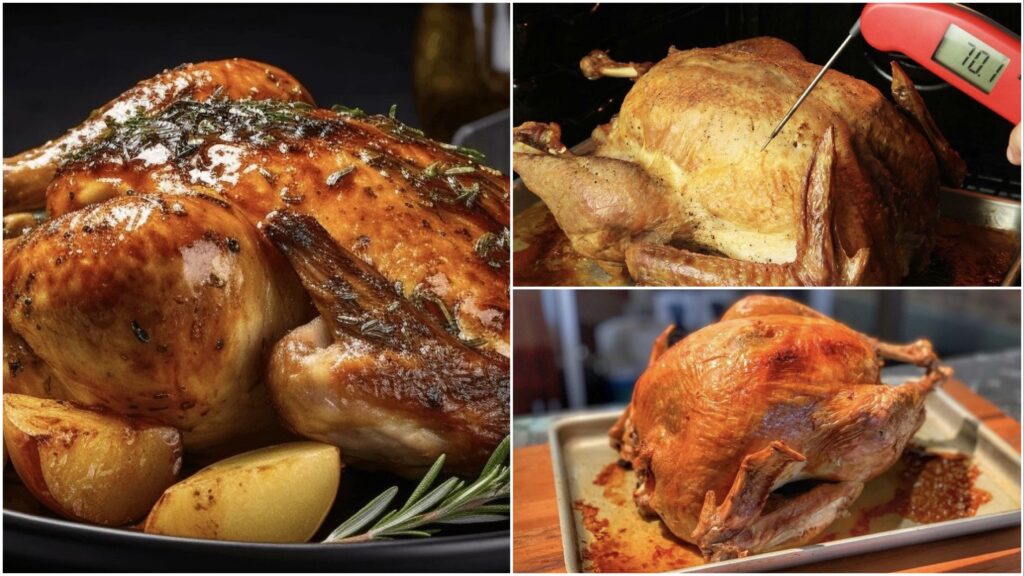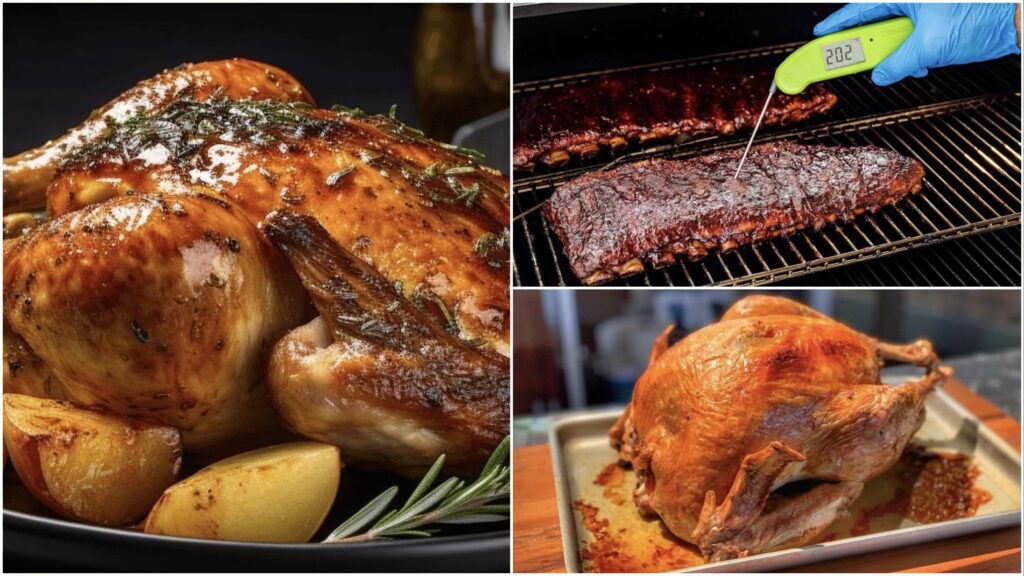If you’ve been wondering how to smoke a turkey that’s juicy on the inside, you’re in the right place. Smoking a turkey is both a cooking method and an experience. If done right, it’ll change the way you feel about poultry forever. However, take note that these tips we’re about to share aren’t just a 5-minute trick. There’s a process to it, and we’re going to walk you through it.
The Size of Your Turkey Matters
Don’t pick just any turkey. When it comes to smoking, size actually matters. Go for something in the 12–14 pound range. Anything bigger, and you’re up for uneven cooking. And nobody wants a dry wing and an undercooked thigh.
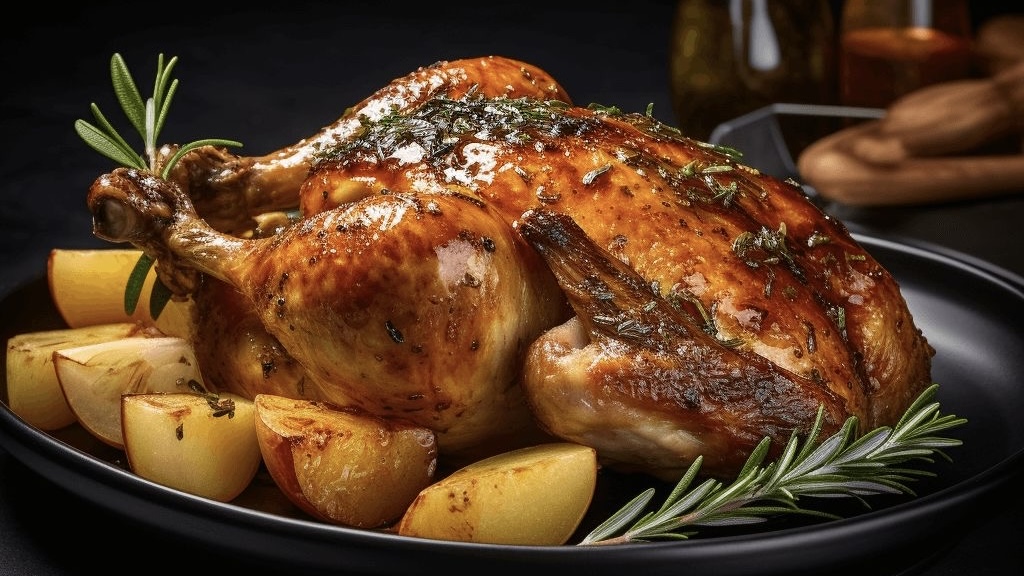
Too small, and it could dry out like a sunbaked sponge. Ensure your bird is either fresh or completely thawed because partially frozen turkey plus smoke is a disaster waiting to happen.
Brining Is Essential
Brining sounds like a fancy step you could skip, but don’t. Ensure you always brine your turkey. It’s the difference between just any smoked turkey and a very tasty one. Whether you go for a wet brine (water, salt, sugar, herbs) or a dry rub situation, you’re giving that bird flavor insurance. Let it soak in those good vibes overnight—12 to 24 hours if you can. When it’s done, rinse it, pat it dry, and get ready for the good stuff.
Be Intentional About Seasoning
After brining, it’s time to hit that turkey with a seasoning blend that bangs. Think brown sugar, smoked paprika, garlic powder, salt, pepper, and maybe even a little chili kick.
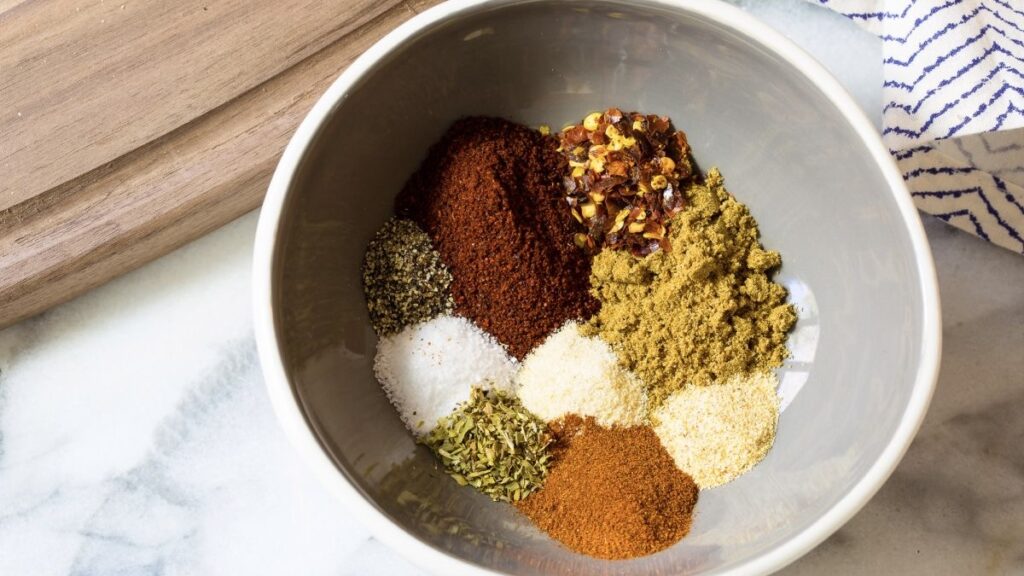
And don’t just rub it on the outside like you’re scared—get in there, under the skin, into every nook and cranny. That’s where the real magic happens. In addition, dry the skin well before seasoning.
How Long Does It Take to Smoke a Turkey?
Great question. The short answer is, it depends. But generally, the rule is 30 to 40 minutes per pound at a steady 225°F to 250°F. That means a 14-pounder could take you 7–9 hours. But don’t rely just on the clock—always go by internal temp. Wondering how long it takes to smoke a turkey is smart, but check the temperature, not the time. That’s where your meat thermometer becomes your best friend.
Manage That Smoker Temp Well
Smoking is not the time to get antsy. You’ve got to keep that heat steady between 225°F and 250°F. Resist the urge to peek every five minutes. Every time you lift the lid, you’re letting out the magic.
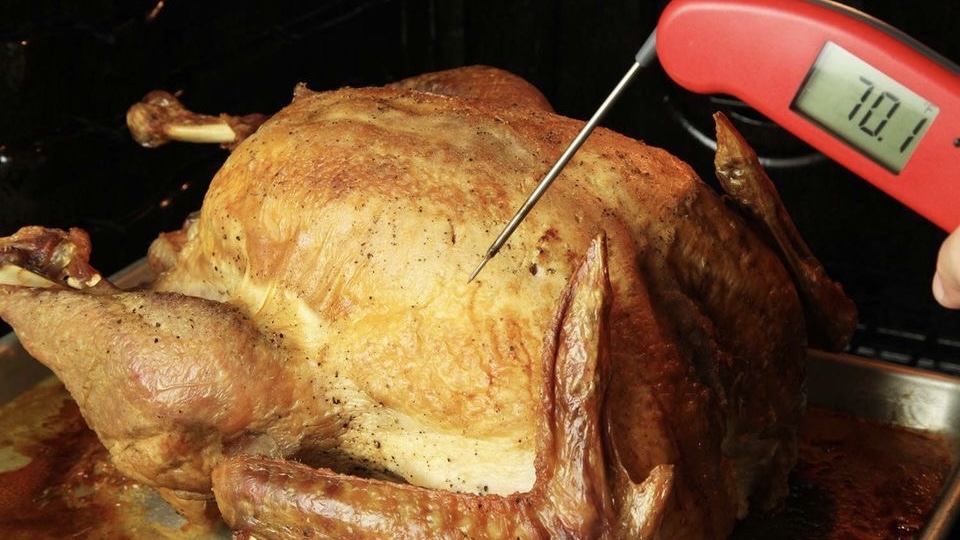
Add wood chips every hour or so—applewood or hickory are solid picks. And make sure your turkey is hanging out above a pan of water to keep it nice and moist throughout the process.
Use a Meat Thermometer
Intuition in the kitchen is great, but this isn’t the place for it. Get yourself a solid meat thermometer and use it. Insert it into the thickest part of the breast (not touching the bone, please). You’re aiming for 165°F in the breast and 175°F in the thigh. That’s your golden ticket. Better yet? Grab a wireless one with alerts so you can hang out with your guests instead of hovering over the smoker.
Get the Skin Crispy
So many people ask, how do you get crispy skin on smoked turkey? Truth is, it’s tricky. Smoke equals moisture, and moisture hates crispness. But don’t stress—we’ve got options.
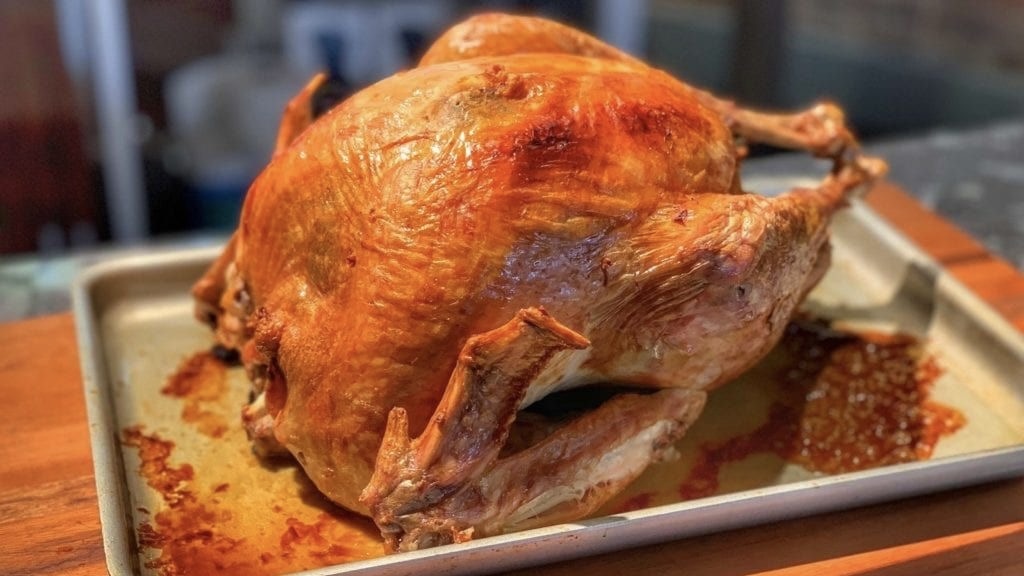
First, dry the bird. Then smoke it low and slow, but for the last hour? Bump the temp to 275°F. Or better yet, throw it in a hot oven (400°F) for the last 20–30 minutes. That’s all; you’ve got Instagram-worthy skin.
Make Turkey Gravy
All that smoky, juicy goodness dripping off your turkey? Save it! Toss some onions, carrots, and celery in the drip pan and let them catch that flavor rain. Once you’re done smoking, pour those drippings into a pot, whisk in a little flour or cornstarch, and you have a turkey gravy that slaps. Add some seasoning to taste and prepare to blow minds at the dinner table. It’s the final touch that turns your smoked bird into a full-on feast.
A Smoked Turkey You’ll Be Dreaming About
There you have it. You now know how to smoke a turkey like a seasoned professional. From picking the right bird and brining your turkey to nailing the meat temperature and getting that epic crispy skin—we’ve covered it all.
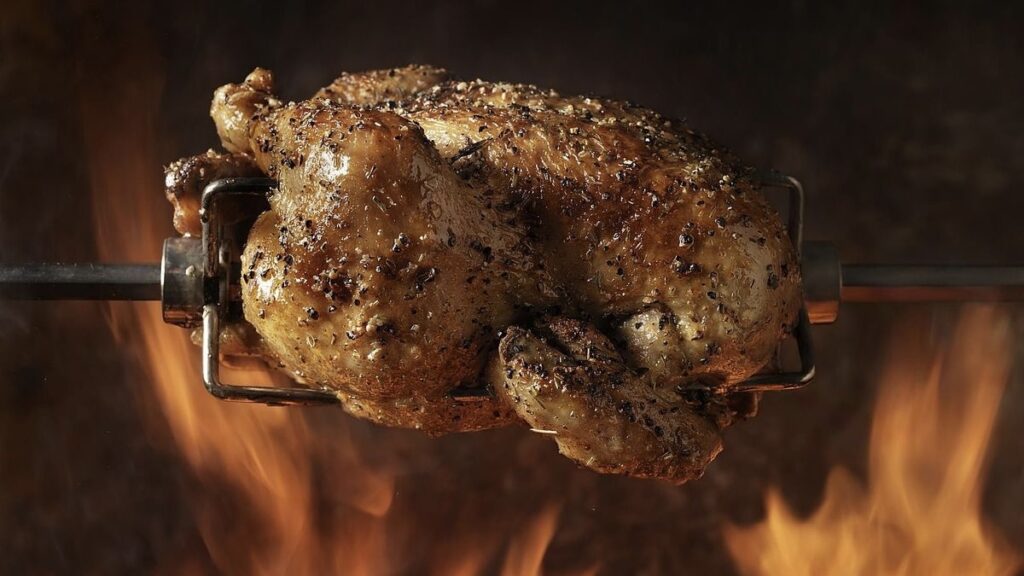
Don’t skip the gravy, don’t forget your meat thermometer, and don’t stress if the first try isn’t perfect. You’ll get better every time. One bite and your oven-roasted turkey will never quite hit the same again.
